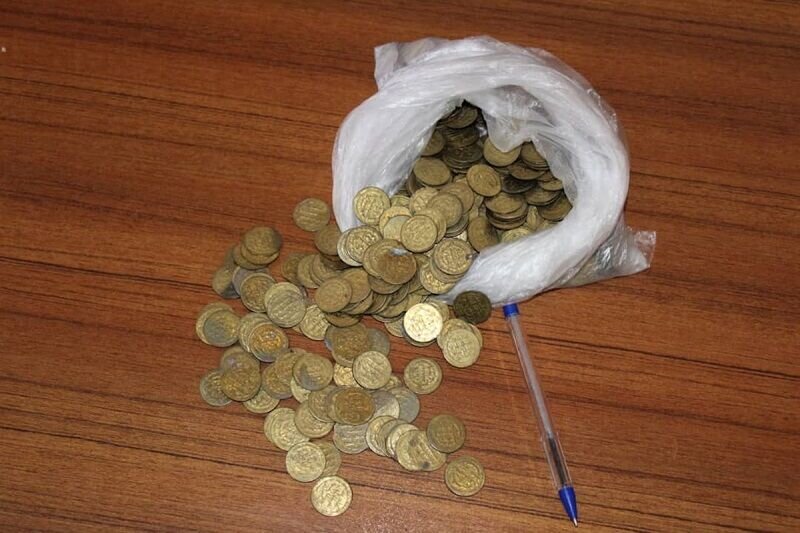Iranian police seize 740 well-crafted fake coins

TEHRAN – Iranian authorities have seized 740 fake coins from a gang of antique dealers and smugglers in the ancient town of Namin, northwest Iran.
“The contemporary-minted coins were copied from Islamic coins, and according to cultural heritage experts they have no historical values,” investigators said on Tuesday, IRNA reported.
Coins and coinage, standardized units of metal used as a medium of exchange, were first introduced into Persia by the Achaemenid Darius I (521-486 BC), according to Encyclopedia Iranica.
The essential advantage of using metals for currency, apart from durability, is that they can be shaped by melting and casting. Casting, therefore, has always been an integral part of the coin manufacturing process. Indeed, in some instances, it has been the only part.
Before modern times the Persian economy consisted of a conglomeration of regional economies, each with a mint and a currency system geared to local commerce, rather than an integrated national economy. For this reason, it is more sensible to study changes in the output (weight, fineness) of a single mint over time, rather than trying to arrive at an estimation of a nonexistent national norm.
AFM/
